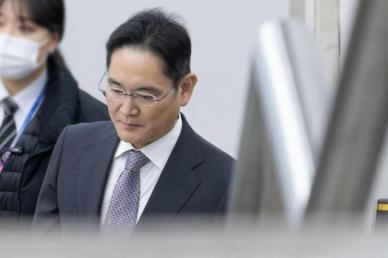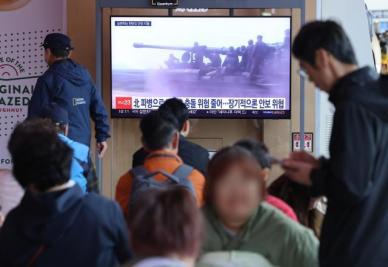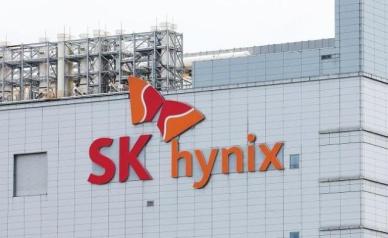 |
||
Korea’s No. 1 refiner SK Engergy is the representative example to catch the attention from Chinese through localization. The company entered China’s crude oil wholesaling and retailing market first and expands into oil refining and other service sectors.
The efforts aimed at maintaining SK’s corporate competitiveness and optimizing its value proposition are broken down into two steps, first to combine all other of its operations under the new holding firm to simplify control and second to directly invest from the new holding firm.
The profits reaped from its Chinese operations will be reinvested in China for greater returns. Since the establishment of SK China holding Co. in 2004, the sales from China stood at around 3 trillion won.
Hanwha Chemical, a leading petrochemical company, built a polyvinyl chloride facility last Hanwha Chemical, a leading petrochemical company, built a polyvinyl chloride facility last year at the industrial development zone of Daxie in China and invested 360 billion won to strengthen the competitiveness in the market.
Hanwha Petrochemical’s planned investment indicates that the petrochemical business will serve as a stepping stone for the conglomerate as it lays the foundation for its high-priority “Global Hanwha” campaign. The investment plan constitutes the group’s long-term strategy to shift its business focus from finance and services to the manufacturing sector.
Kumho Asiana Group also was all for cultivating the petrochemical business as one of its two business pillars by expanding investment in facilities at home and abroad, and in research and development efforts.
The conglomerate has been pinning high hopes on the construction sector following the acquisition of Daewoo Engineering and Construction, but in reality the petrochemical business, with its high operating profit, is a cash cow for the group.
Attending a recent tape-cutting ceremony for its resin material plant in Nanjing, China, Kumho Chairman Park Sam-koo said, “The plant will serve as a launch pad for our Chinese business.” Plants in China including Nanjing, Nanjing TBR, Tianjin, and Changchun produce 30 million tyres a year. Kumho Products from China take up 90 percent of total production with 640 tyres a year.
Manufacturing at offshore production facilities costs far lower than domestically. And production at overseas saves a lot of money not only in marketing, but labor and transport costs, too.
아주경제= 신기림 기자 kirimi99@ajnews.co.kr
(아주경제=ajnews.co.kr) 무단전재 배포금지

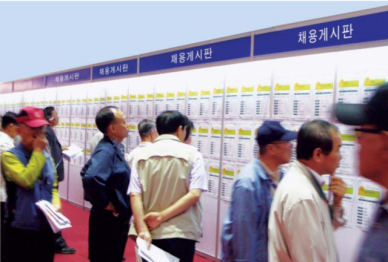

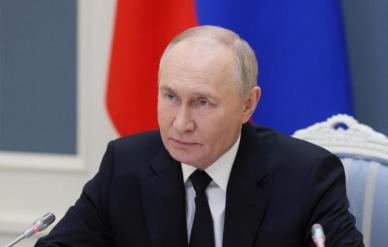

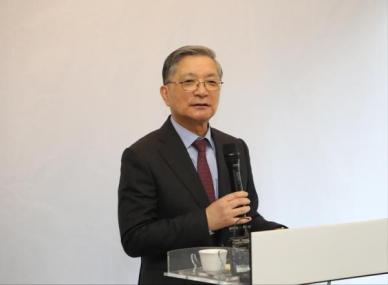
![[단독] 레거시 줄이고 첨단 메모리 집중… 삼성, 반도체 반등 시동](https://image.ajunews.com/content/image/2024/11/21/20241121140830654754_388_136.jpg)

![[포토] 제8회 서민금융포럼](https://image.ajunews.com/content/image/2024/11/21/20241121114536531007_518_323.jpg)
![[포토] 기조연설 하는 페이커 이상혁](https://image.ajunews.com/content/image/2024/11/20/20241120115246771576_518_323.jpg)
![[포토] 발왕산은 벌써 겨울](https://image.ajunews.com/content/image/2024/11/19/20241119205226273772_518_323.jpg)
![[슬라이드 포토] 제44회 황금촬영상 시상식 참석한 스타들](https://image.ajunews.com/content/image/2024/11/18/20241118194949259743_518_323.jpg)
